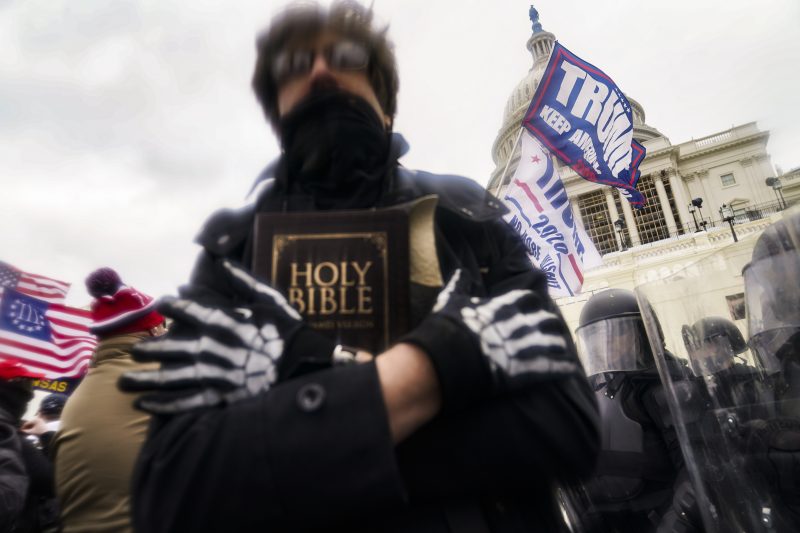In recent times, the use of coded language or dog whistles in political discourse has become increasingly prevalent. These subtle phrases, while seemingly innocuous to some, carry underlying messages that resonate strongly with certain segments of the population. Former President Donald Trump, known for his divisive rhetoric, has not shied away from employing such tactics, particularly when addressing issues of unrest and violence in the United States.
One of the notable ways in which Trump has utilized dog whistles is through his references to law and order. While on the surface this phrase may appear to simply advocate for peace and safety, it carries connotations of cracking down on minority communities and dissenting voices. By aligning himself with law enforcement and painting protesters as lawless, Trump effectively communicates a message that resonates with his base while further polarizing the country.
Additionally, Trump’s repeated emphasis on the term invasion when discussing immigration serves as another example of insidious dog whistling. By framing immigrants as invaders, Trump taps into deep-seated fears of outsiders and promotes a narrative of Us vs. Them. This kind of language not only dehumanizes immigrants but also fuels xenophobia and anti-immigrant sentiment among his supporters.
Moreover, Trump’s use of the term thugs to describe those involved in protests and civil unrest is yet another example of dog whistling that stirs racial tensions. The word thugs carries racial undertones and has historically been used to demonize Black communities. By using this loaded term, Trump not only vilifies protestors but also stokes racial animosity and perpetuates stereotypes.
Furthermore, Trump’s rhetoric surrounding the Black Lives Matter movement is rife with dog whistles aimed at inciting fear and division. By characterizing the movement as radical and anarchist, Trump seeks to delegitimize the cause and portray it as a threat to societal order. Such language not only misrepresents the peaceful aims of the movement but also plays into existing biases and prejudices.
In conclusion, it is clear that Trump’s rhetoric on issues of unrest and violence is teeming with dog whistles designed to appeal to his base and sow discord among the populace. By employing coded language, he is able to convey divisive messages while maintaining a facade of plausible deniability. As we move forward, it is essential to remain vigilant and critical of such tactics in order to combat misinformation and promote unity and understanding in our society.
